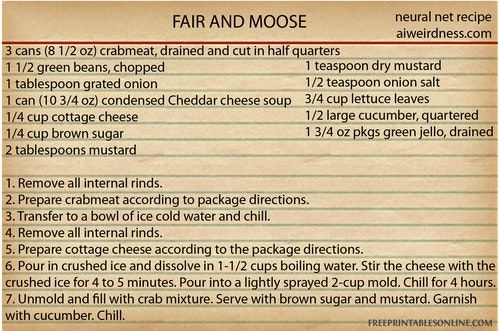“What would a candle inspired by your book smell like?”
This was a question that was going around the other day, and most authors got to
answer with something nice. My book
[https://t.umblr.com/redirect?z=https%3A%2F%2Fyoulooklikeathing.com&t=ZTZkNThhMDM2MDM5M2Y4MDcwZjI3M2RlN2QxNjQ4MDBlYWQ5NTA5NiwxZmZhMGIxY2QwMzMzMjNkNmY3ZGEzYmE3YjkzMTdmMmRhMmVjOWVk]
, however… let’s just






